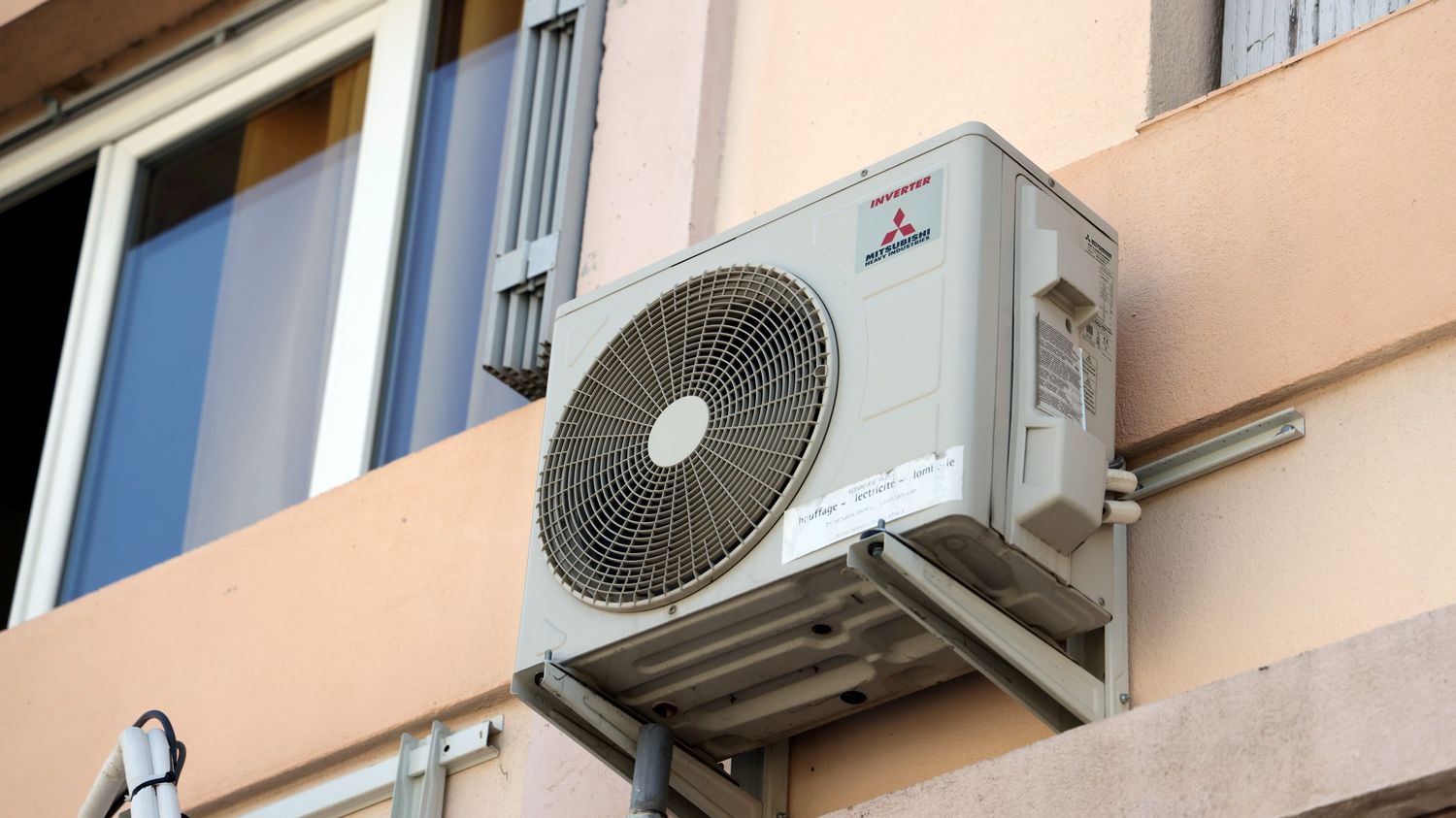It has become a reflex in the summer, sometimes even a necessity in some regions. However, according to some studies, air conditioners cause, on the one hand, CO2 emissions and, on the other hand, heat the ambient air.

Published
Updated
Reading time: 2 min

Temperatures are still high in several departments on Wednesday, August 14, and you may have turned on the air conditioning at home or taken refuge in an air-conditioned shopping center. However, there are several negative impacts related to air conditioning. There is obviously energy consumption. Air conditioners and fans represent 10% of global electricity consumption, according to the International Energy Agency. Which obviously leads to CO2 emissions.
But the most problematic emissions related to air conditioners are probably those that come from refrigerants. They are called hydrofluorocarbons, they are gases that have a refrigerating power. Normally, they remain inside the circuit. But there can be leaks during manufacturing, during maintenance or even during use of these air conditioners. However, these fluids are among the six main greenhouse gases. They represent only 2% of the total greenhouse gases, but their warming power is much greater than that of CO2.
In addition to greenhouse gases, air conditioners directly heat the ambient air, since the device draws heat from the inside and rejects it outside. This can therefore aggravate the phenomenon of heat islands in cities. Scientists from the CNRS and Météo France have already made the calculation in Paris: air conditioning would cause temperatures to rise by 0.5 to 2 degrees, depending on the scenario. This is therefore a bit of a paradox with these devices: the hotter it is, the more we use them and the more we heat our environment. Air conditioners are multiplying across the world. Demand is expected to triple by 2050, particularly in countries like India.
In some cases, it is difficult to do without air conditioning. But we can at least use it reasonably by limiting the set temperature or by favoring efficient and less energy-intensive systems. We can also improve the insulation of buildings. And then, on the manufacturers’ side, there is the need to find new refrigeration systems with gases with a reduced impact. Moreover, a European regulation already plans to ban some of these fluids that emit the most greenhouse gases.
